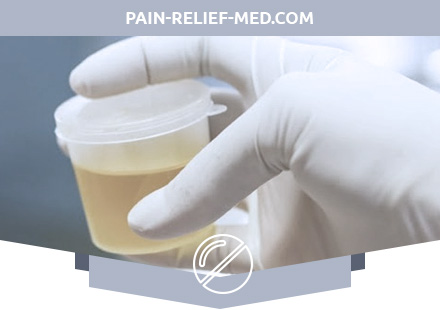What is Leucinosis (Maple Syrup Disease)?
Maple Syrup Disease (Maple Syrup Urine Disease, leucinosis, branched-chain ketonuria, maple syrup-smelling urine disease, maple syrup disease) is a congenital defect in amino acid metabolism, leading to the appearance in the urine of large amounts of valine, leucine, isoleucine and alloisoleucine, as a result of which it acquires the smell of maple syrup.
This disease was first described in 1954. In the English and American literature, it is better known as maple syrup disease due to the smell of urine, which is similar to the smell of maple tree syrup.
Causes of Leucinosis (Maple Syrup Disease)
Hereditary disease with an autosomal recessive type of inheritance occurs with a frequency of 1 in 120-300 thousand newborns.
Pathogenesis during Leucinosis (Maple Syrup Disease)
The primary biochemical defect is the absence or a sharp decrease in the activity of the enzyme system, which provides oxidative decarboxylation of three amino acids – leucine, isoleucine and valine. As a result, these amino acids and their precursors accumulate in the body. The most pathogenic is the accumulation of leucine.
Symptoms of Leucinosis (Maple Syrup Disease)
The disease begins to manifest itself 3-14 days after the birth of the child: the baby refuses food, cries quietly, there may be frequent regurgitation and even vomiting. If you do not seek medical help, twitching of certain muscle groups may develop, muscle tone increases, and therefore the whole body is stretched, and the lower limbs are crossed.
In a severe course of the disease, breathing and consciousness disturbances may occur, and if no treatment has been carried out from the first weeks of life, the prognosis of the disease is poor. Such children lag sharply behind in weight and psychomotor development.
Diagnosis of Leucinosis (Maple Syrup Disease)
Reminiscent of maple syrup, a peculiar smell of urine of patients, in which the presence of branched-chain amino acids is detected.
When selective screening is performed, urine reacts positively with 2,4-dinitrophenylhydrazine.
Leucinosis Treatment (Maple Syrup Disease)
In treatment, mixtures of amino acids and protein hydrolysates are used, freed from branched-chain amino acids.
It consists in reducing the level of leucine, isoleucine and valine in the blood plasma, for which a special diet is used, in which a special mixture is prescribed instead of protein, consisting of a mixture of 18 amino acids in the same proportion as in human milk. The fat in this mixture is in the form of corn oil, and the carbohydrates are replaced by dextrin-maltose. Minerals and vitamins are also added. As soon as the general condition of the child improves, appetite appears, muscle tone normalizes, a small amount of cow’s milk is introduced into the diet. Fruits and vegetables, which also contain protein, but in small quantities, are allowed to be given to a child from 3 months. At 6-8 months, gelatin is introduced into the diet, which does not contain the indicated amino acids. From 9.5 months, the daily portion of milk is 120 ml.

